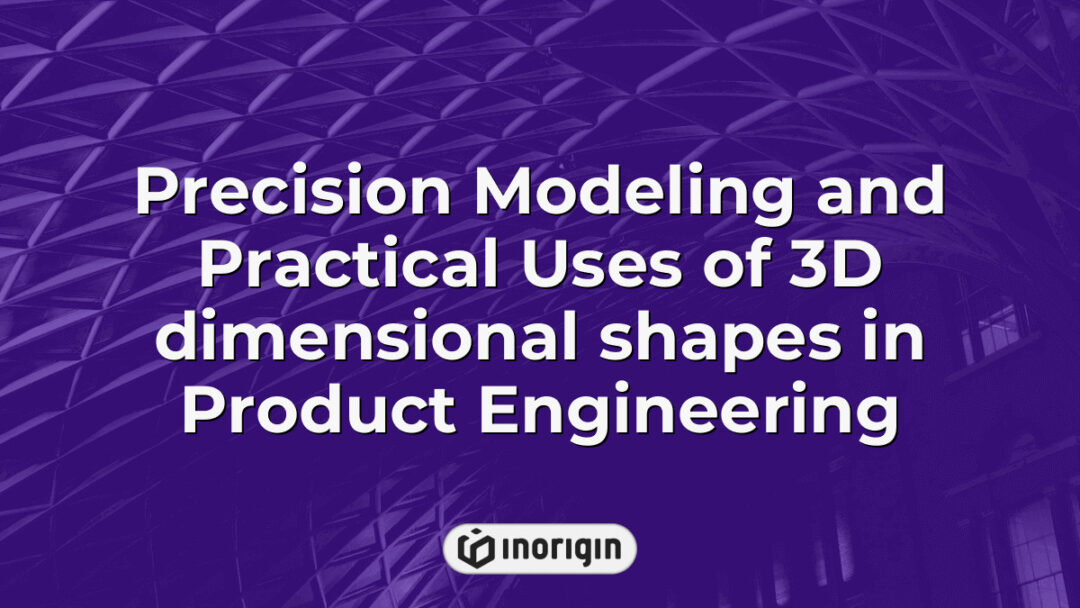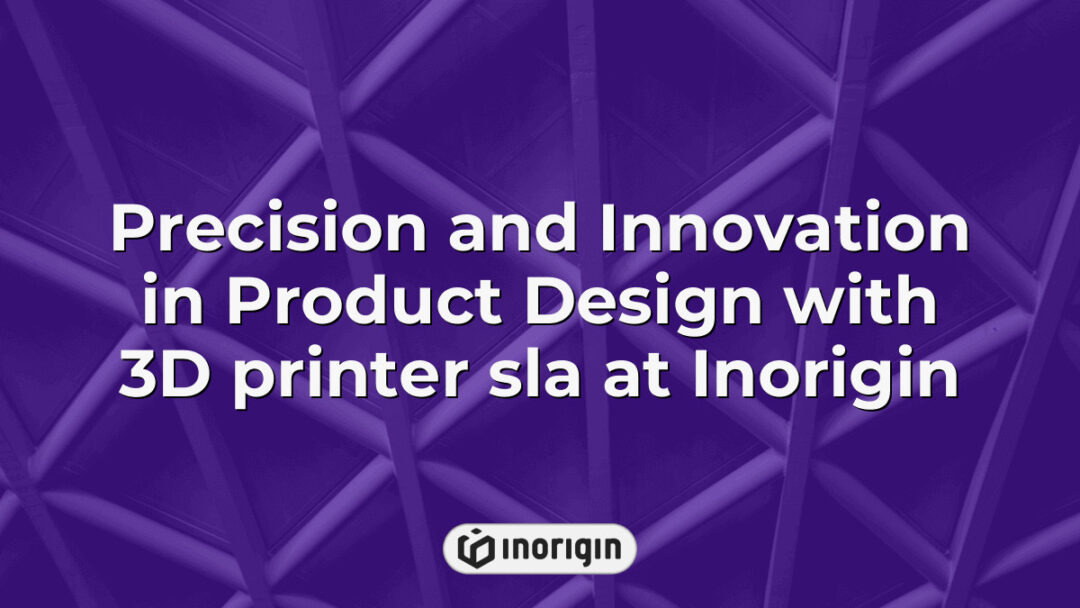The advent of 3D printing technology has revolutionized manufacturing processes, enabling the creation of complex geometries and highly customized objects across various industries. However, the successful execution of intricate designs often hinges on the effective implementation of support structures, which play a crucial role in ensuring print fidelity and structural integrity during the additive manufacturing process. This article aims to explore the multifaceted nature of 3D printer supports, delving into the various types, materials, and strategies employed to optimize their performance. By understanding the critical relationship between support structures and print quality, practitioners can enhance the efficacy of 3D printing while minimizing issues such as warping and sagging, ultimately advancing the field toward even greater innovations.
| Aspect | Key Takeaway |
|---|---|
| Importance of 3D Printer Supports | 3D printer supports are essential for maintaining structural integrity and print fidelity, especially when producing complex geometries and overhangs. |
| Types of 3D Printer Supports | Standard supports offer stability but may impact surface finish, while tree supports reduce material use and simplify post-processing for cleaner results. |
| When to Use Supports | Supports are critical for designs with steep overhangs or unsupported horizontal spans to prevent sagging and ensure precise layer adhesion. |
| Generating Supports in Software | Optimizing support density, placement, and pattern in slicing software enhances print quality and makes support removal easier. |
| Removing Supports | Using breakaway supports, solvent baths, and careful manual techniques minimizes damage during support removal, preserving final print quality. |
| Material Selection for Supports | Choosing soluble materials like PVA enables clean removal of supports without residue, which is vital for complex and refined prints. |
| Sustainability and Reusability | Some support materials are recyclable or compostable, presenting opportunities for sustainable practices in additive manufacturing workflows. |
Types of 3D Printer Supports
The discussion surrounding types of 3D printer supports reveals a significant array of methodologies aimed at enhancing the printing process. Primarily, two types of support structures have gained recognition: standard supports and tree supports. Standard supports, which closely resemble the object being printed, provide broad stability for overhangs and complex geometries; however, the removal of these supports can sometimes lead to surface imperfections. On the other hand, tree supports have emerged as an innovative solution that mimics a branching tree structure; characterised by their ability to reduce material usage, they typically result in cleaner finishes due to their strategic placement. This variation enables users to choose a support type based on the specific requirements of their project while keeping in mind factors such as post-processing challenges and aesthetics. Thus, understanding these diverse 3D printer supports can enhance not just the quality of prints but also strategic resource management within the printing workflow.
When to Use Supports in 3D Printing
The decision to utilise supports in 3D printing inherently revolves around specific geometrical challenges presented by the design. When addressed properly, these challenges—particularly in scenarios involving overhangs and bridge structures—can significantly determine the quality and integrity of the final print. For instance, in situations where an object features steep overhangs, the absence of adequate support may result in sagging or collapsing during the printing process, thereby compromising the model’s structural fidelity. Consequently, the application of supports assumes a crucial role, especially in designs requiring horizontal spans that are unsupported; these bridge structures necessitate strategic support to ensure that the filament remains stable during the layering process. Furthermore, the selection of suitable support types must align with the intended aesthetic and functional outcomes of the print, as each method, ranging from utilising dense supports to more sophisticated options like breakaway or soluble supports, entails distinct advantages and drawbacks. It becomes clear that the effective use of supports is essential, not merely a supplementary step, and can ultimately dictate both the success of the print job and the satisfaction of the end-user.
How to Generate Supports in 3D Printing Software
Approximately 50% of 3D printing projects require the use of supports, underscoring the significance of mastering the techniques for generating these structures within slicing software. When discussing how to generate supports in 3D printing software, it is paramount to comprehend the available settings and methodologies that can optimise their effectiveness, as well as the overall print quality. Many slicing software applications, such as Cura and PrusaSlicer, provide customisable features for support generation, allowing users to select parameters like support density, placement, and pattern. Additionally, features such as “tree supports” can minimise material usage and reduce post-processing efforts, enhancing usability. Adjustments in these variables not only impact the ease of removal after printing but also the surface finish of the final product; hence, an analytical approach is essential. By scrutinising the various options for support generation, users can better navigate the complexities of additive manufacturing, ultimately achieving higher quality prints tailored to their specific requirements.
Removing Supports from 3D Printed Objects
Removing supports from 3D printed objects can be likened to a sculptor carefully chiseling away excess stone to reveal a masterpiece hidden within. As the intricacies of the printing process unfold, the application of supports becomes essential for maintaining structure during the manufacturing phase. Yet, the challenge emerges post-print: the removal of these supports can be burdensome, especially when they are designed to be breakaway supports. These types of supports are tailored for easy detachment, significantly reducing the effort needed in the post-processing stage. The task, however, must be executed with precision, as improper techniques may damage the print itself. Statistics indicate that a substantial percentage of hobbyists experience issues during this process, suggesting that familiarity with removal strategies can greatly influence print quality. Techniques, such as using solvent baths for certain materials, or employing basic tools like pliers or craft knives, can facilitate the separation of these supports without compromising the integrity of the finished object. Ultimately, understanding the nuances of support removal can significantly enhance the 3D printing experience, elevating not just the aesthetic appeal of the final product but also the satisfaction derived from the creation process.
Troubleshooting Common Support-Related Issues
“Every cloud has a silver lining,” a saying that resonates deeply, particularly when faced with the complexities of troubleshooting common support-related issues in 3D printing. The quality of the supports is often a critical factor determining the overall success of a print job. When issues arise, it is essential to meticulously assess the support structures utilised, including their placement and density, since inadequate supports can lead to failed prints or poor surface finishes. Key parameters, such as layer heights and print speeds, demand careful calibration to meet the requirements for optimal support formation. For instance, employing a combination of soluble supports or adjusting the infill percentage may prove beneficial for intricate designs, which tend to complicate the support equation. Thus, while problems with support can be frustrating, understanding the nuances of material properties and printer settings can facilitate solutions that enhance print integrity. Through precise adjustments, a remarkable improvement in printing outcomes can often be achieved, demonstrating that technical challenges can lead to better knowledge and enhanced skills in 3D printing practices.
Frequently Asked Questions
What materials are best for creating supports in 3D printing?
In the context of 3D printing, selecting suitable materials for the creation of supports plays a significant role in determining print quality and efficiency. Popular polymers like PLA and ABS, known for their affordability and accessibility, often serve as common choices for support structures; they provide a balance between strength and ease of removal. Alternatively, advanced materials such as PVA (polyvinyl alcohol), recognised for its solubility in water, enable the generation of intricate geometries without leaving residues, thus enhancing finishing touch and overall aesthetics. Further complicating the decision-making process, there exists a multitude of filament options that cater to various printing technologies, each featuring distinct characteristics—some offer improved thermal stability, while others are designed for higher tensile strength. As 3D printing continues to evolve, the exploration of innovative materials, including composite filaments and bio-based options, may lead to enhanced support strategies that address existing limitations, ensuring that operators are equipped with the necessary tools for successful printing outcomes. The careful consideration of these factors exemplifies the strategic approach required in optimising 3D printing processes, underscoring the necessity for precise and practical material selection.
How do different types of supports affect the strength of the final printed object?
The various types of supports employed in 3D printing possess a substantial influence on the overall strength and integrity of the final printed object. For instance, common support structures such as tree supports or grid supports differ significantly in how they distribute weight and manage overhangs; tree supports, for example, may reduce material usage while providing ample stability for intricate geometries. Simultaneously, the choice between soluble and non-soluble supports can lead to distinct outcomes; soluble supports, like PVA, dissolve away in water, allowing for more complex designs without the risk of damaging delicate features during post-processing. Additionally, the orientation of the object during printing and the subsequent interactions between the supports and the part can also play a critical role. Various filament materials exhibit different thermal and mechanical properties, affecting how well supports adhere to the part and ultimately the strength achieved in the resulting print. Such dynamics highlight that the selection of support types should be meticulously considered, as they can enhance or jeopardise the structural soundness of 3D printed components.
Can supports be reused or recycled after removal from a 3D printed object?
When considering the lifecycle of 3D printed objects, the question of support material recycling emerges as a significant topic. The supports, which serve to prop up intricate structures during the printing process, can be likened to scaffolding that is essential during the construction of a building; once the building is complete, the scaffolding may seem inconsequential. Yet, the fate of these supports presents an opportunity for discussion, particularly regarding their potential for reuse. Some materials, like PLA, are compostable and could be reintroduced into the production cycle, while others, such as ABS, pose more challenges due to their chemical composition. Transitioning from the nature of the materials to the practicalities of removal and processing, there exists a potential for innovative approaches to reclaiming supports; for instance, mechanical recycling or regrinding techniques could facilitate their reintegration into the production process. However, this not only demands an understanding of the material properties but also necessitates a framework for effective collection and processing. The exploration into whether supports can indeed serve a second life reflects broader sustainability concerns, emphasising the importance of developing efficient recycling systems in the ever-evolving field of additive manufacturing. Observing the complexities and implications surrounding support material post-printing presents an essential dialogue regarding waste management in 3D printing.
Conclusion
In conclusion, the intricate balance between the necessity of supports in 3D printing and the challenges of their removal highlights a critical tension within the additive manufacturing process. Effective support generation enhances print quality, yet the post-processing of these structures underscores the complexity inherent in achieving both efficiency and aesthetic fidelity.
Related posts:
- Balancing Structural Integrity and Ease of Removal with 3D Printing Supports in Product Design
- Precision Applications and Material Choices in sla 3D printing Technology at Inorigin
- Sla 3D printer Applications in Precision Product Design and Engineering at Inorigin
- Designing For Additive Manufacturing Techniques That Maximize Precision and Functionality
- Precision Techniques and Material Choices for How to 3D Print with Exceptional Quality
- Mastering Precision and Material Choices in How to Use a 3D Printer for Professional Product Design




